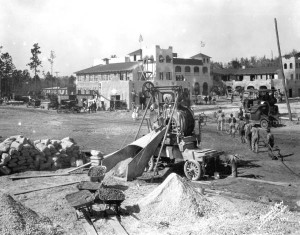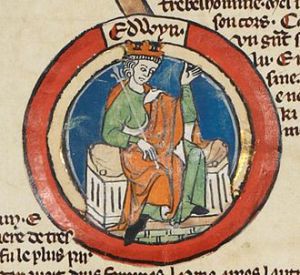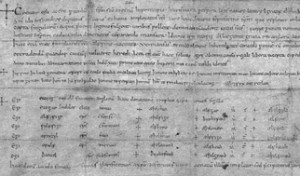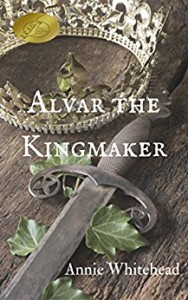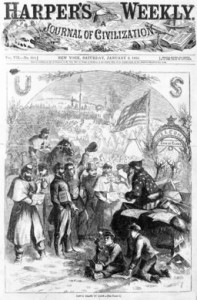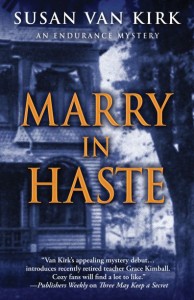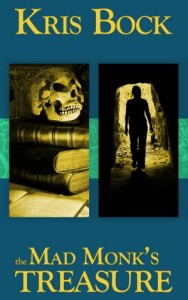 Relevant History welcomes historical mystery author Nupur Tustin, a former journalist who relies upon a Ph.D. in Communication and an M.A. in English to orchestrate fictional mayhem. Childhood piano lessons and a 1903 Weber Upright share equal blame for her musical works. To learn more about her and her books, visit her web site and blog, and follow her on Facebook and Goodreads.
Relevant History welcomes historical mystery author Nupur Tustin, a former journalist who relies upon a Ph.D. in Communication and an M.A. in English to orchestrate fictional mayhem. Childhood piano lessons and a 1903 Weber Upright share equal blame for her musical works. To learn more about her and her books, visit her web site and blog, and follow her on Facebook and Goodreads.
*****
Both rich and poor, Voltaire said in his Discourse on Man “go on equally from sorrow to death.”
In the eighteenth century, when medicine was still in its infancy, this was true enough, of course. But it was not just death and disease that bound together people from all walks of life. Something else, rather more pleasant, was shared by rich and poor, male and female alike in the eighteenth century. Music.
Like religion, it made up the fabric of daily life. In the northern German towns, the town piper with his band of musicians and apprentices provided music every morning and afternoon in the town square. Farmers, we are told, made all kinds of wonderful music on a variety of instruments: zithers, harpsichords, violins, violas, and spinets.
To the south, in the Catholic lands under the Habsburgs, Charles Burney found to his astonishment “children of both sexes,” playing “violins, hautbois, bassoons, and other instruments.”
The Church was quite possibly the largest sponsor of music and the largest employer of musicians. No matter what their differences, Catholics and Lutherans alike found in music a perfect symbol of divine harmony. And despite the Church’s troubled relation with music—some feared its rich contours diverted from the texts it was meant to illuminate—it could not deny the spiritually uplifting effect music had on the soul.
Not everyone could read music. Haydn’s parents most certainly could not. But Mathias Haydn, Joseph’s father, had learned on his travels as a journeyman wheelwright to play the harp. And in the evening when their work was done, he and his wife Anna Maria would sit by the fireplace, singing and playing their favorite folk songs. Joseph, or Sepperl as he was called then, joined in as well, keeping time with two sticks that he pretended were a violin and bow.
Instruction in singing and various instruments was provided to children of parish schools at the end of a long school day that began at seven in the morning and ended at three in the afternoon. Not surprisingly, a thorough education in music frequently paved the way for a rewarding career in the church.
Musical nuns
In the many convents clustered around the Hofburg in Vienna, nuns took pride in their music-making. Many a musical nun kept a Klavier in her cell, an instrument lovingly repaired and tuned at the expense of the convent. Music was required for Sunday worship, feast days, and all the important events in the Church calendar.
Women with excellent singing voices like Haydn’s first love Therese Keller were especially welcome at convents. One can only imagine their delight when a highly trained and skilled composer such as Mariana von Raschenau chose to join their ranks. Her father, who had paid close to 5000 florins on her education in music and the arts, was naturally not too happy with her choice, but Mariana ardently wanted to be a nun.
If music was a symbol of cosmic harmony and order, it was also a symbol of that same order on earth.
Imperial singers
The nobility were as enthusiastic about music as their peasant counterparts, and likely to be even more proficient. Frederick William, King of Prussia and father of Frederick the Great, was the rare exception, despising music as an effeminate activity that had no place in a man’s life. His Calvinist leanings might also have predisposed him against the art.
But music was so greatly prized among the Habsburgs that the Empress Maria Theresa was trained by no less a person than the composer Georg Christoph Wagenseil. By the age of six, she had progressed sufficiently in her training to sing a role in an opera. Her father, the Emperor Charles VI, conducted the orchestra for the performance. Her grandfather and uncle had been composers.
With the advent of the Enlightenment, all of this gradually began to unravel. The divine order and secular authority both came into question, frequently by men of power like Frederick the Great and his much-younger Austrian counterpart Joseph II.
Although both men were musically proficient, in some quarters the logical conclusion of the Enlightenment was that music itself was irrelevant. Its harmony had no place in a world of reason.
In Leipzig, the young rector of St. Thomas’s Parish School, would have preferred to eliminate music from the curriculum altogether, and was only prevented from doing so by the force of the cantor’s personality, Johann Sebastian Bach.
Forty years later in Austria, Joseph II would dissolve all but one convent in Vienna, setting into inevitable motion an unfortunate process that would make music itself at best a pleasant diversion; at worst an irrelevant art with nothing to offer. That view sadly persists to this day.
It’s one of the reasons I enjoy living in Haydn’s world as I research and write the Haydn Mysteries. No one questioned the value of music back then; any more than they questioned the existence of God.
*****
 A big thanks to Nupur Tustin. She’ll give away a paperback copy of her first Joseph Haydn mystery, A Minor Deception, to someone who contributes a comment on my blog this week. I’ll choose the winner from among those who comment by Friday at 6 p.m. ET. Delivery is available in the U.S. only.
A big thanks to Nupur Tustin. She’ll give away a paperback copy of her first Joseph Haydn mystery, A Minor Deception, to someone who contributes a comment on my blog this week. I’ll choose the winner from among those who comment by Friday at 6 p.m. ET. Delivery is available in the U.S. only.
**********
Did you like what you read? Learn about downloads, discounts, and special offers from Relevant History authors and Suzanne Adair. Subscribe to Suzanne’s free newsletter.


